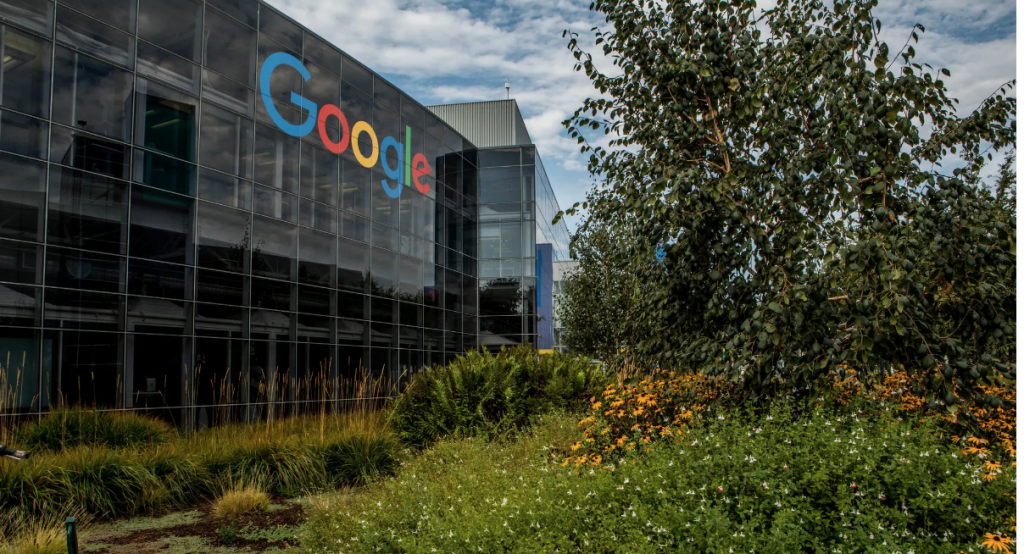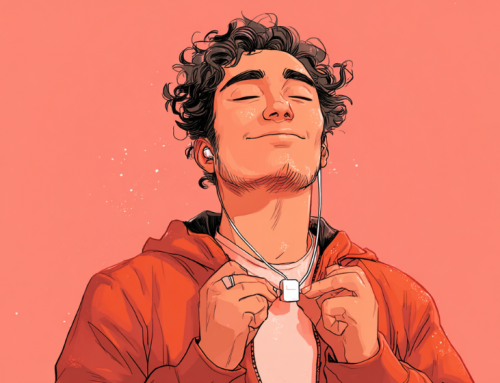
Google’s top-tier management has been involved in an internal employee conflict.
Researcher Calls Out Two Peers at Google And Gets Fired
When it comes to drama, who knew Google was such a great source of intrigue? The latest news out of wired.com shows a real soap opera going on at the highest level of the tech giant. It’s a long nasty story about what happened between several of Google’s top researchers.
Our story begins:
IN LATE 2018, Google AI researchers Anna Goldie and Azalia Mirhoseini got the go-ahead to test an elegant idea. Google had invented powerful computer chips called tensor processing units, or TPUs, to run machine learning algorithms inside its data centers—but, the pair wondered, what if AI software could help improve that same AI hardware?
The project, later codenamed Morpheus, won support from Google’s AI boss Jeff Dean and attracted interest from the company’s chipmaking team. It focused on a step in chip design when engineers must decide how to physically arrange blocks of circuits on a chunk of silicon, a complex, months-long puzzle that helps determine a chip’s performance. In June 2021, Goldie and Mirhoseini were the lead authors of a paper in the journal Nature that claimed a technique called reinforcement learning could perform that step better than Google’s own engineers, and do it in just a few hours.
That seems like a big win, right? And that’s what most of the folks at Google thought as well. Then came Satrajit Chatterjee.
Google hired Chatterjee in 2018 as a senior machine learning researcher. He was previously a senior vice president at hedge fund Two Sigma and had also worked at Intel. When Chatterjee joined, Mirhoseini and Goldie already worked in the company’s most prominent machine learning lab, Google Brain. Chatterjee joined a separate, smaller research group inside Google’s research division.
The two women did not work directly with Chatterjee, but in 2019, Goldie’s internal document claims, he asked to manage the Morpheus project. After being politely declined, employees say, Chatterjee began raising doubts about the pair’s work with senior researchers they needed to collaborate with or win support from, suggesting their work was wrong or even fabricated.
Chatterjee, a more senior researcher at Google, used the cover of scientific debate to undermine the women personally, the employees claim. They spoke anonymously because they were not authorized to discuss company matters. Multiple complaints about Chatterjee’s behavior toward the women were made to Google’s personnel department, and he received a written warning, some employees said, but he continued to criticize the women’s results.
False Claims
The conflict came to a head in March of this year, after Chatterjee sought permission from research managers to publish a public rebuttal of Mirhoseini and Goldie’s Nature study. A committee of senior executives formed to review that paper denied his request, saying its results did not refute the earlier work. The same month, Chatterjee was fired.
On May 2, Goldie posted a document on an internal Google discussion list describing the committee’s rejection of Chatterjee’s paper and accusing him of a series of unproven attacks on the Morpheus co-leads and their work.
“Sat Chatterjee has waged a campaign of misinformation against me and Azalia for over two years now,” Goldie wrote. “He started a campaign to discredit our work [and] baselessly alleged that Azalia and I fabricated and falsified results.”
In a story that has a lot of twists and rejections by people in the same organization, it takes a lot of details to reach the final outcome. The fact one researcher is claiming that two other scientists were wrong is not too surprising perhaps. But how Chatterjee went about his criticism is what is being questioned. He claims they tried to hide their mistakes.
Google’s vice president for research Zoubin Ghahramani joined the discussion and thanked Goldie. He also posted a statement sent to The New York Times, and later WIRED, saying that Google stands behind the Nature paper and that the authors had helped the company design more useful and efficient AI hardware. The project’s researchers have published additional peer-reviewed papers on the technology and filed related patent applications.
It is unclear whether a version of Chatterjee’s paper will be formally published or peer-reviewed outside Google. Inside the company, algorithms from Goldie and Mirhoseini’s project are still being used to help design future generations of chips.
So the question is how can TPUs be successful and in use to produce chips if they don’t work according to Chatterjee’s paper? Makes for interesting drama, doesn’t it? If it turns out Mr. Chatterjee’s paper proves he was correct, then what?
It’s certainly not the first controversy at Google, but it’s one of the more interesting ones because it involves potential sexual harassment by another researcher based on the fact that a pair of women designed the AI hardware. Google has a history of firing people who question its use of racially biased algorithms, so it may indicate a sensitivity to appearances of bias.
read more at wired.com







Leave A Comment